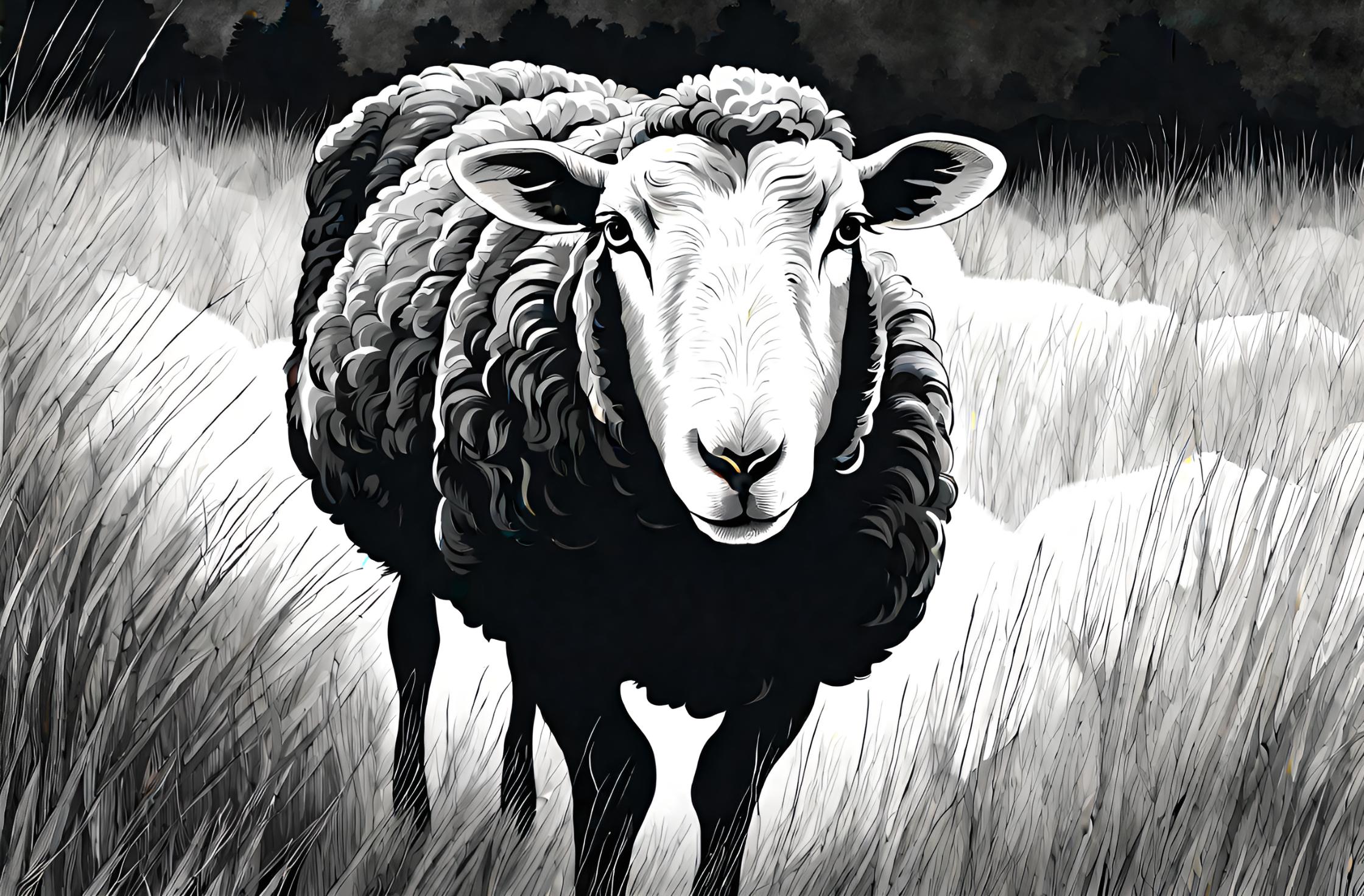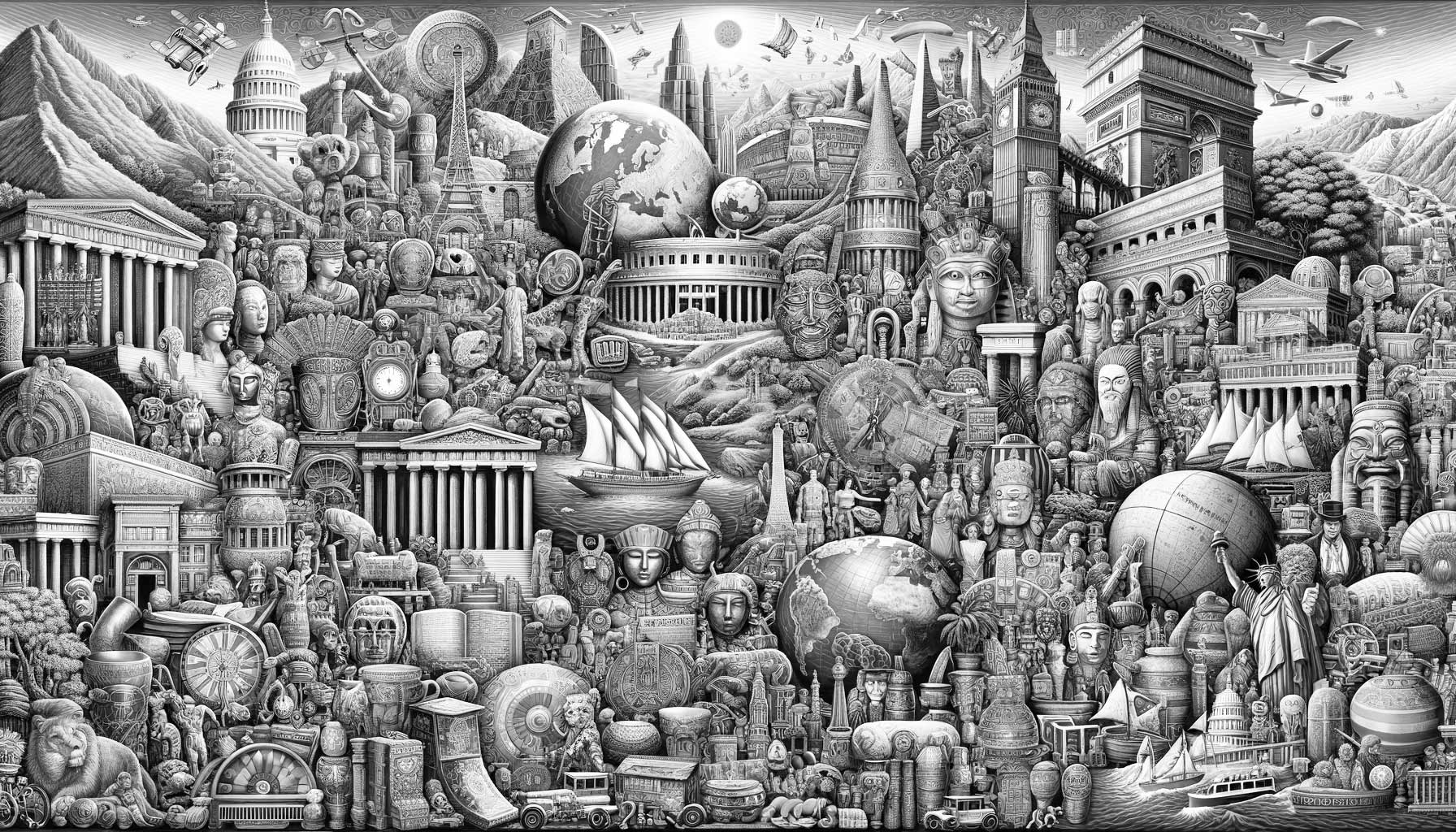Flashback to July 5
World History

In modern British history, there are innumerable significant events that have notably shaped the country’s present identity, but few are as impactful and timeless as the Coronation of Queen Elizabeth II which took place on the 2nd of June, 1953. This occasion, marking her official ascend to the British throne, is not merely a pivotal point in British history, but also a cornerstone within the realm of global geopolitical history.
The young princess was only 27 when she asciously acquired her regnal title becoming the longest-serving monarch in Britain ever since. The ceremonious event was much more than a constitutional institution. It bore testimony to a tradition spanning over a millennium, underlining the roles played by the ceremony as a showpiece of pageantry and the British monarchy clad in rich, symbol-laden rites and rituals.
To comprehend the global attention and interest the coronation attracted, it is important to note that it was the first major international event to be broadcast on television. The BBC broadcasting service of that time displayed a progressive and novel approach, allowing the entire world to get a glimpse of the majestically ornamented Westminster Abbey where the coronation took place. The event set a historical record with nearly 27 million people in the UK alone tuning in to watch the broadcast, crowning the day with a blend of tradition, grandeur, and technology.
The significance of Queen Elizabeth II’s coronation extends far beyond what was captured by the camera lens most notably illustrated by the “Coronation Dress”. The intricate design by Norman Hartnell was a symbolic canvas depicting emblems of the Commonwealth nations demonstrating the unity and camaraderie of the empire at large. The elaborate robe, glittering with awe-inspiring detail, the precious St. Edward’s Crown, and the Sovereign’s Sceptre with Cross, all added to the gravity of the event, making the day to be remembered.
The Coronation of Queen Elizabeth II also marked the beginning of a new era in British history. It signaled the start of her reign, often associated with stability and continuity. Despite the numerous challenges in politics and society over decades, the Queen’s enduring dedication to service and duty makes this event a momentous occasion. Moreover, it affirms the saying, “long may she reign”, as the Queen has served as a stalwart figurehead weathering numerous storms that the United Kingdom and the Commonwealth have faced, from shifting relations to political instability.
The events following the coronation, such as the Queen’s landmark visits to different Commonwealth countries, the birth of her children, grandchildren, and great-grandchildren, as well as her Diamond Jubilee celebrated in 2012, were all spectacular moments that started with the 1953 event. In essence, the Coronation of Queen Elizabeth II serves as a historic stepping stone leading to significant developments in the monarchy’s role in modern Britain and the world.
To encapsulate, the Coronation of Queen Elizabeth II was not just a symbol of authority, rather it embodied unity, tradition, and progress. The historic event captured by the world’s eyes represented a significant milestone in the British monarchy and brought about a sense of shared cultural heritage and history across the UK and the Commonwealth nations. Nearly seven decades later, the grandeur of the event and the narrative it weaves continue to assist in defining the Queen’s longstanding reign. Its impact remains indelibly etched in the annals of history, portraying a celebration of the elegant blend of traditional heritage with progressive ideals.
We strive for accuracy. If you see something that doesn't look right, click here to contact us!
Sponsored Content

Dolly the sheep (code-named…
On July 5, 1996,…

A Deutsch discovers asteroid…
On July 5, 1929,…

Walter Gropius, architect (found…
On 7/5/1969, Walter Gropius,…

The coat of arms…
On July 5, 1878,…

Admiral Charles Napier defeats…
On 7/5/1833, Admiral Charles…

Korean War: Task Force…
On July 5, 1950,…

